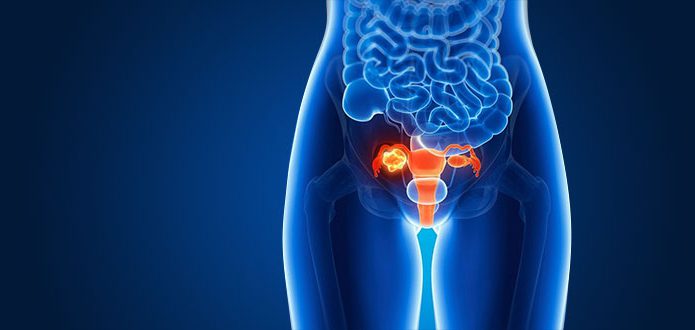BIOPSY
a sample of tissue is removed for examination and to determine a diagnosis.
COLPOSCOPY
A colposcopy is a procedure done during a pelvic exam with the aid of a colposcope, which is like a microscope. By using acetic acid on the cervix and examining it with a colposcope, your provider can look for abnormal areas of your cervix. Then, the most abnormal areas can be biopsied.
CT (COMPUTERIZED TOMOGRAPHY) SCAN
Combines a series of X-ray images taken from different angles around your body and uses computer processing to create cross-sectional images (slices) of the bones, blood vessels and soft tissues inside your body. CT scan images provide more-detailed information than plain X-rays do.
CYSTOSCOPY
A Cystoscopy is done using a thin, hollow, lighted instrument called a cystoscope. Your doctor will insert the cystoscope into your urethra and slowly move it into your bladder. Small surgical instruments can be inserted through the cystoscope to remove samples of tissue for a biopsy, stones, or small growths.
FIREFLY TECHNOLOGY
Firefly Technology is advanced software used during surgical procedures for endometrial cancer patients to identify the sentinel left node (main lymph node) that drains the uterus. This process helps diagnose more patients with microscopic metastasis to the nodes than typically would be done without the Firefly technology. This digital imaging process involves staining the nodes with a dye called lndocyanine Green which lights up the nodes with a green hue, allowing our surgeons to trace and stage those specific lymph nodes, which more often results in positive tests.
MRI (MAGNETIC RESONANCE IMAGING)
An MRI is a technique that uses a magnetic field and radio waves to create detailed images of the organs and tissues within your body. Most MRI machines are large, tube-shaped magnets. When you lie inside an MRI machine, the magnetic field temporarily realigns hydrogen atoms in your body.











